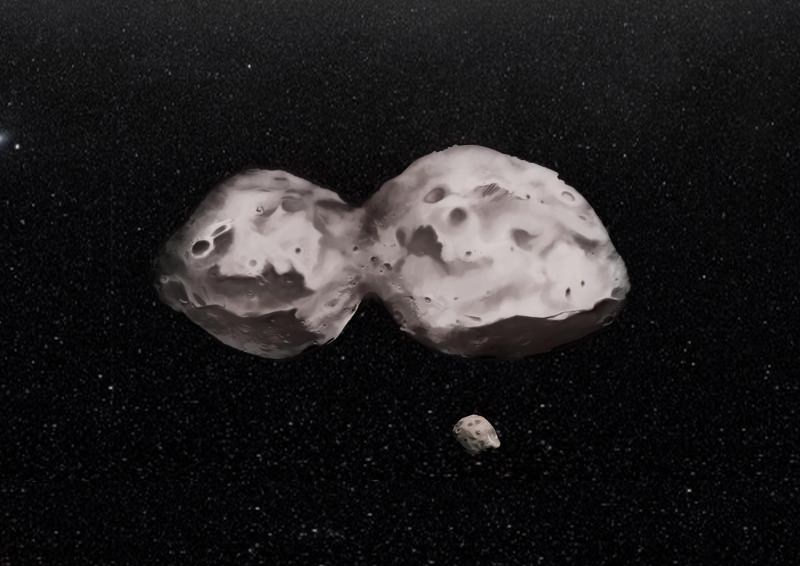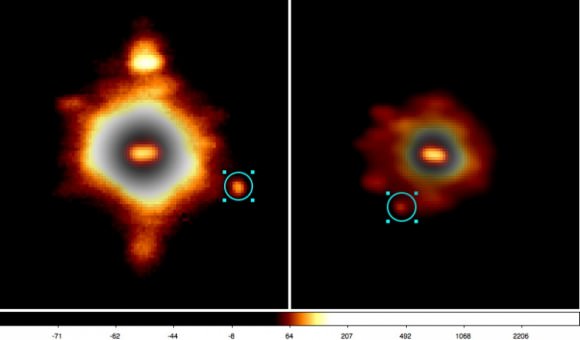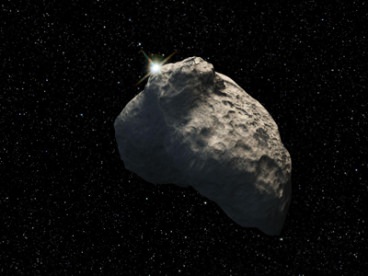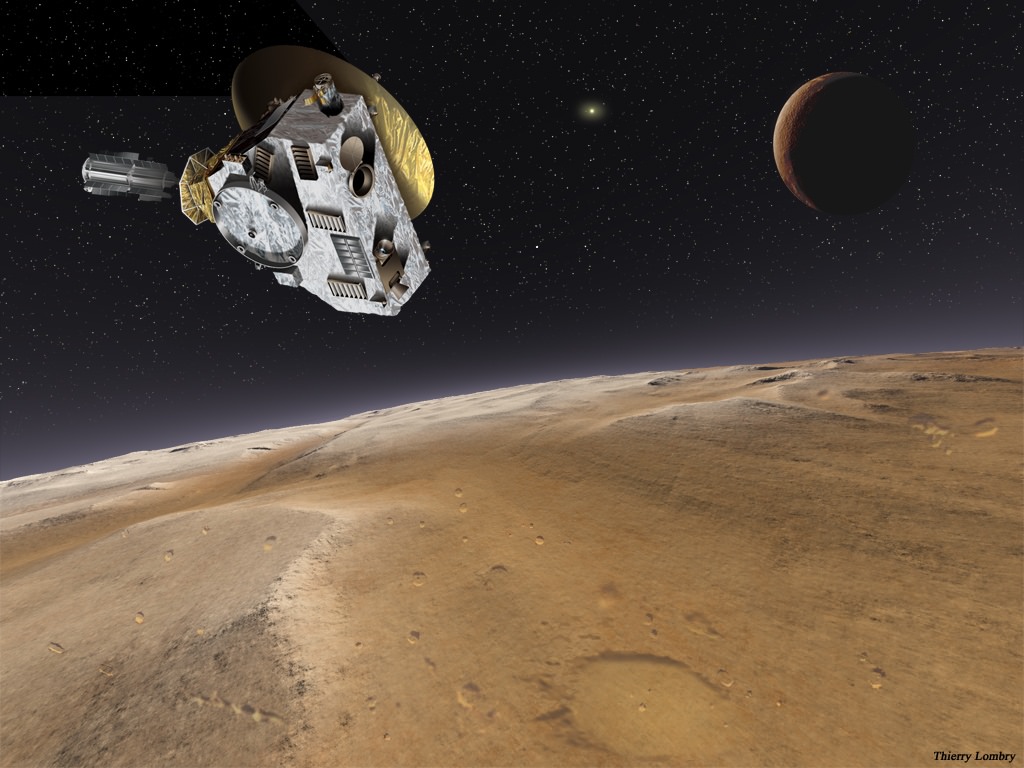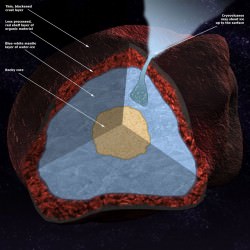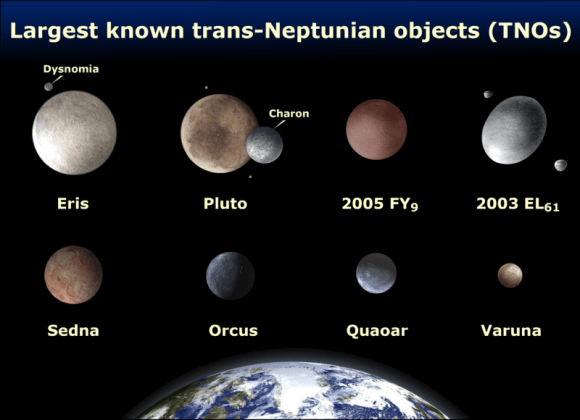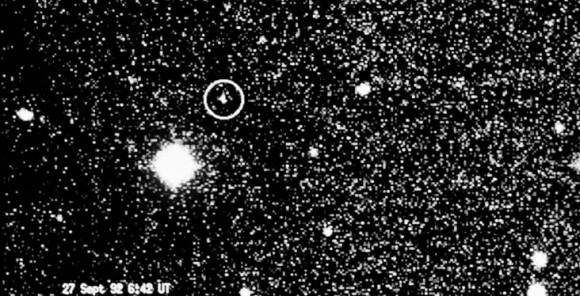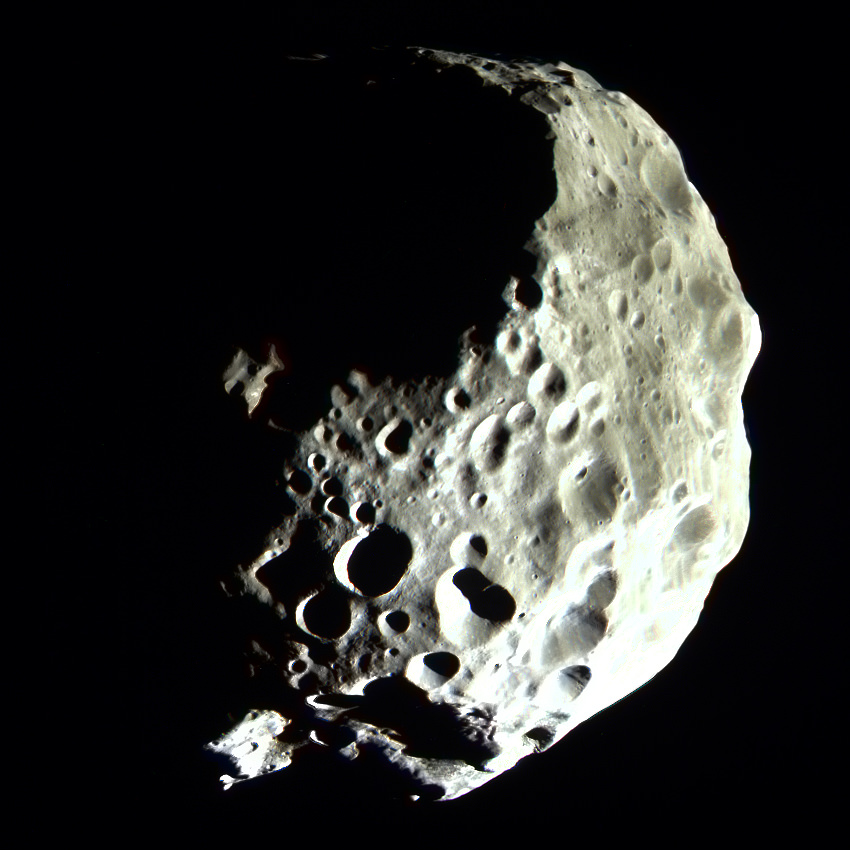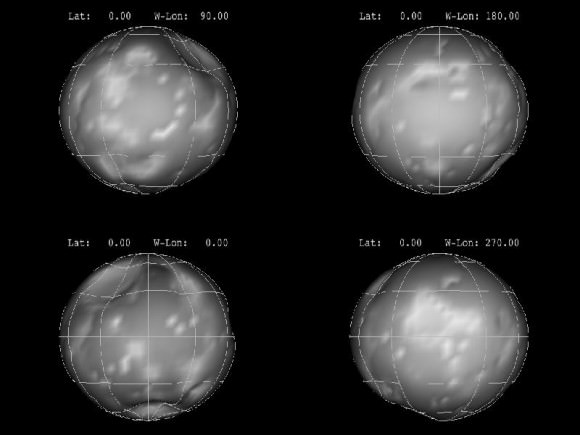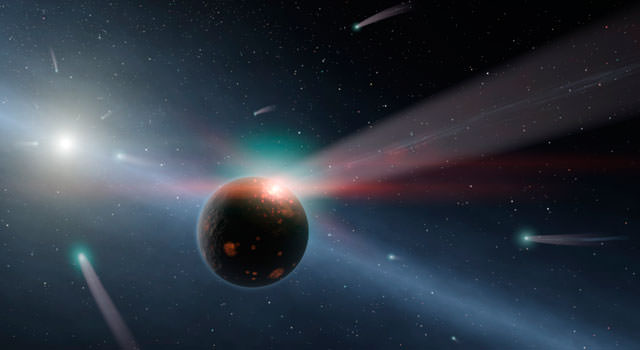A storm is brewing, a battle of words and a war of the worlds. The Earth is not at risk. It is mostly a civil dispute, but it has the potential to influence the path of careers. In 2014, a Harvard led debate was undertaken on the question: Is Pluto a planet. The impact of the definition of planet and everything else is far reaching – to the ends of the Universe.
It could mean a count of trillions of planets in our galaxy alone or it means leaving the planet Pluto out of the count – designation, just a dwarf planet. This is a question of how to classify non-stellar objects. What is a planet, asteroid, comet, planetoid or dwarf planet? Does our Solar System have 8 planets or some other number? Even the count of planets in our Milky Way galaxy is at stake.
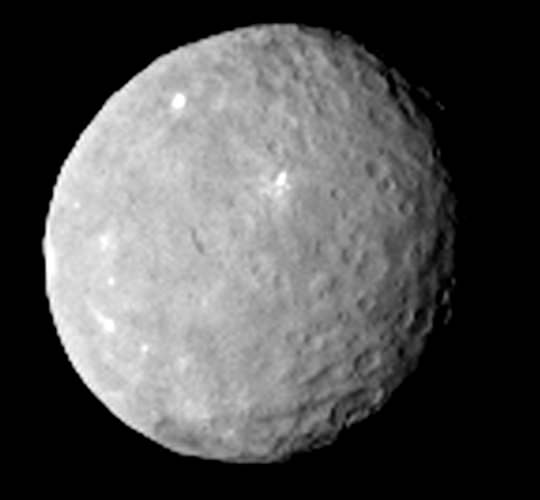
Not to dwell on the Harvard debate, let it be known that if given their way, the debates outcome would reset the Solar System to nine planets. For over eight years, the solar system has had eight planets. During the period 1807 to 1845, our Solar System had eleven planets. Neptune was discovered in 1846 and astronomers began to discover many more asteroids. They were eliminated from the club. This is very similar to what is now happening to Pluto-like objects – Plutoids. So from 1846 to 1930, there were 8 planets – the ones as defined today.
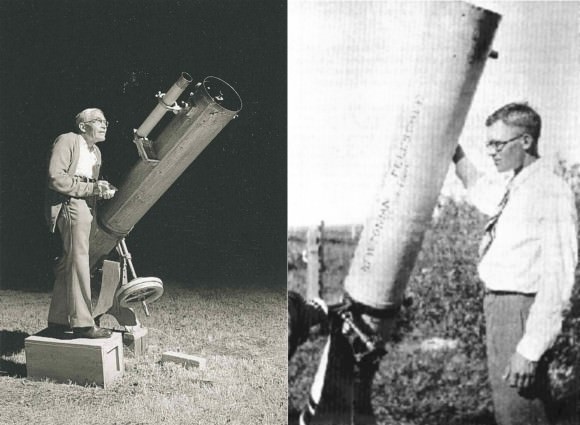
In 1930, a Kansas farm boy, Clyde Tombaugh, hired by Lowell Observatory discovered Pluto and for 76 years there were 9 planets. In the year 2006, the International Astronomical Union (IAU) took up a debate using a “democratic process” to accept a new definition of planet, define a new type – dwarf planet and then set everything else as “Small Bodies.” If your head is spinning with planets, you are not alone.

Two NASA missions were launched immediately before and after the IAU announcement took affect. The Dawn mission suddenly was to be launched to an asteroid and a dwarf planet and the New Horizons had rather embarked on a nine year journey to a planet belittled to a dwarf planet – Pluto. Principal Investigator, Dr. Alan Stern was upset. Furthermore, from the discoveries of the Kuiper mission and other discoveries, we now know that there are hundreds of billions of planets in our Milky Way galaxy; possibly trillions. The present definition excludes hundreds of billions of bodies from planethood status.

There are two main camps with de facto leaders. One camp has Dr. Mike Brown of Caltech and the other, Dr. Stern of the Southwest Research Institute (SWRI) as leading figures. A primary focus of Dr. Brown’s research is the study of trans-Neptunian objects while Dr. Sterns’s activities are many but specifically, the New Horizons mission which is 6 months away from its flyby of Pluto. Consider first the IAU Resolution 5A that its members approved:
(1) A “planet” is a celestial body that (a) is in orbit around the Sun, (b) has sufficient mass for its self-gravity to overcome rigid body forces so that it assumes a hydrostatic equilibrium (nearly round) shape, and (c) has cleared the neighborhood around its orbit.
(2) A “dwarf planet” is a celestial body that (a) is in orbit around the Sun, (b) has sufficient mass for its self-gravity to overcome rigid body forces so that it assumes a hydrostatic equilibrium (nearly round) shape2, (c) has not cleared the neighbourhood around its orbit, and (d) is not a satellite.
(3) All other objects, except satellites, orbiting the Sun shall be referred to collectively as “Small Solar System Bodies”.
This is our starting point – planet, dwarf planet, everything else. Consider “everything else”. This broad category includes meteoroids, asteroids, comets and planetesimals. Perhaps other small body types will arise as we look more closely at the Universe. Within the category, there is now a question of what is an asteroid and what is a comet. NASA’s flybys of comets and now ESA’s Rosetta at 67P/Churyumov–Gerasimenko are making the delineation between the two types difficult. The difference between a meteoroid and an asteroid is simply defined as less than or greater than one meter in size, respectively. So the Chelyabinsk event absolutely involved a small asteroid – about 20 meters in diameter. Planetesimals are small bodies in a solar nebula that are the building blocks of planets but they could lead to the creation of all the other types of small bodies.
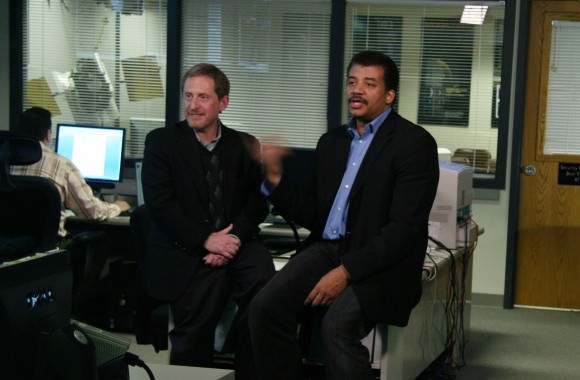
Putting aside the question of “Small Bodies” and its sub-classes, what should be the definition of planet and dwarf planet? These are the two terms that demoted Pluto and raised Ceres to dwarf planet. It is also interesting to note how Resolution 5A is meant exclusively for our Solar System. In 2006, there were not thousands of exo-planets but just a few dozen extreme cases but nevertheless, the IAU did not choose to extend the definition to “stars” but rather just in reference to our pretty well known star, the Sun.
Recall Tim Allen’s movie, “The Santa Clause”. Clauses can cause a heap of trouble. The IAU has such a clause – Clause C which has caused much of the present controversy around the definition of planets. Clause (c) of Resolution 5A: “has cleared the neighborhood around its orbit.” This is the Pluto killer-clause which demoted it to dwarf planet status and reduced the number of planets in our solar system to eight. In a sense, the IAU chose to cauterize a wound, a weakness in the definitions, that if left unchanged, would have led to who knows how many planets in our Solar System.
The question of what is Pluto is open for public discussion so armed with enough knowledge to be dangerous, the following is my proposed alternative to the IAU’s that are arguably an improvement. The present challenge to Pluto’s status lies in the Kuiper Belt and Oort Cloud. Such belts or clouds are probably not uncommon throughout the galaxy. Plutoids are the 500 lb gorilla in the room.
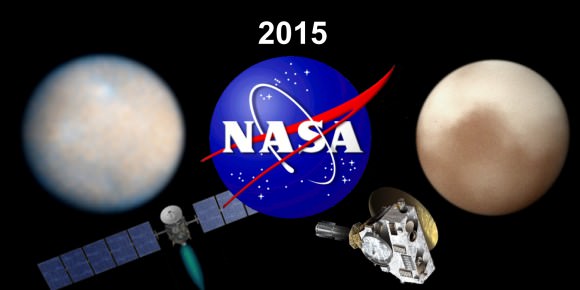
This year, as touted by the likes of Planetary Society, Universe Today and elsewhere, is the year of the dwarf planet. How remarkable and surprising will the study of Ceres, Pluto and Charon by NASA spacecraft be? There is a strong possibility that after the celestial dust clears and data analysis is published, the IAU will take on the challenge again to better define what is a planet and everything else. It is impossible to imagine that the definitions can remain unchanged for long. Even now, there is sufficient information to independently assess the definitions and weigh in on the approaching debate. Anyone or any group – from grade schools to astronomical societies – can take on the challenge.
To encourage a debate and educate the public on the incredible universe that space probes and advanced telescopes are revealing, what follows is one proposed solution to what is a planet and everything else.
planet: is a celestial body that a) has sufficient mass for its self-gravity to overcome rigid body forces so that it assumes a hydrostatic equilibrium – nearly round shape, b) has a differentiated interior as a result of its formation c) has insufficient mass to fuse hydrogen in its core, d) does not match the definition of a moon.
minor planet: is a planet with a mass less than one Pluto mass and does not match the definition of a moon.
inter-Stellar (minor) planet: is a (minor) planet that is not gravitationally bound to a stellar object.
binary (minor) planet: is a celestial body that is orbiting another (minor) planet for which the system’s barycenter resides above the surface of both bodies.
These definitions solve some hairy dilemmas. For one, planets orbit around the majority of most stars in the Universe, not just the Sun as Resolution 5A was only intended. Planets can also exist gravitationally not bound to a star – the result of it own molecular cloud collapse without a star or expulsion from a stellar system. One could specify gravitational expulsion however, it is possible that explosive events occur that cause the disintegration of a star and its binding gravity or creates such an impulse that a planet is thrusted out of a stellar system. Having an atmosphere certainly doesn’t work. Astronomers are already anticipating Mars or Earth-sized objects deep in the Oort cloud that could have no atmosphere – frozen out and also despite their size, not be able to “clear their neighborhood.”
An animation (above) of Kepler mission planet candidates compiled by Jeff Thorpe. Kepler and other exoplanet projects are revealing that the properties of planets – orbits, size, temperature, makeup – are all extreme. Does Pluto represent one of those extremes – the smallest of planets? (Credit: NASA/Kepler, Jeff Thorp)
The need to create a lower-end limit to what is a planet reached a near fever pitch with the discovery of a Trans-Nepturnian Object (TNO) in 2005 that is bigger than Pluto – Eris. Dr. Michael Brown of Caltech and his team led in the discovery of bright large KBOs. There was not just Eris but many of nearly the same size as Pluto. So without clause (c), one would be left with a definition for planet that could allow the count of planets in our Solar System to rise into the hundreds maybe even thousands. This would become a rather unmanageable problem; the number of planets rising year after year and never settled and with no means to make reasonable comparisons between planetary systems throughout our galaxy and even the Universe.

Two more celestial body types follow that are proposed to round out the set.
moon: is a celestial body that a) orbits a (minor) planet and b) for which the barycenter of its orbit is below the surface of its parent (minor) planet.
This creates the possibility of a planet-moon system such that its barycenter is above the surface of the larger body. Pluto and Charon are the most prominent case in our Solar System. In such cases, if one body meets the criteria of a (minor)planet, then the other body can also be assessed to determine if it is also a (minor) planet and the pair as binary (minor) planets. If the primary body was a minor planet, it is possible that the barycenter could be above its surface but the secondary body does not meet all the criteria of a minor planet, specifically “differentiated interior”.
The definition of moon is compounded by the existence of, for example, asteroids with moons. For such objects, the smaller object is defined as a satellite.
Satellite: is a celestial body that a) orbits another celestial body, b) whose parent body is not a (minor) planet.
Another permissible term is moonlet which could be used to describe both very small moons such as those found in the Jovian and Saturn systems or a small body orbiting an asteroid or comet. Moonlet could replace satellite.
The discriminator between planet and moon is not mass but simply whether the celestial body orbits a (minor) planet and the barycenter resides inside the larger body. The definition of moon excludes the possibility of a planet orbiting another planet except in the special case of binary (minor) planet.
Defining a lower size limit to “Planet” is necessary to compare stellar systems and classify. A limit based on the body’s average surface pressure and temperature or the surface gravity could define a limit. While they could, they are not practical because of the extremes and diverse combinations of conditions. Strange objects would fall through the cracks.
Removing clause (c) – “has cleared the neighborhood around its orbit” – will avoid a future conflict such as a very low mass star with a plutoid-sized object or smaller, in a close orbit that has cleared its neighborhood.
Additionally, choosing to declare that Pluto becomes the “standard weight” that differentiates minor planet from planet sets a precedent. In an era in which computers measure and tally the state of our existence, setting this limit to include Pluto and return it as the ninth planet of our Solar System, is, in a small but significant way, a re-declaration of our humanity. Soon we will be challenged by artificial intelligence greater than ours; we are already have. Where will we stand our ground?
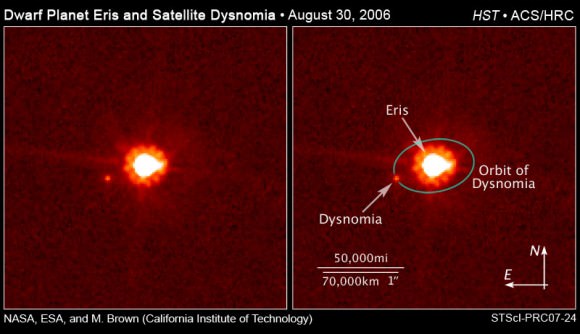
The consequences of this proposed set of definitions, makes Ceres a minor planet and no longer an asteroid. Many trans-Neptunian objects discovered in this century become minor planets. Of the known TNOs only Pluto and Eris meets the criteria of planet.The dwarf planet Eris would become the tenth planet. Makemake, Sedna, Quaoar, Orcus, Haumea would be minor planets. By keeping Pluto a planet and defining it as the standard bearer, only one new planet must be declared. Surely, more will be found, very distant, in odd elliptical and tilted orbits. The count of planets in our solar system could rise by 10, 20 maybe 50 and perhaps this would make the definition untenable but maybe not. So be it. New Horizons will fly by a dwarf planet in July but this should mark the beginning of the end of the present set of definitions.
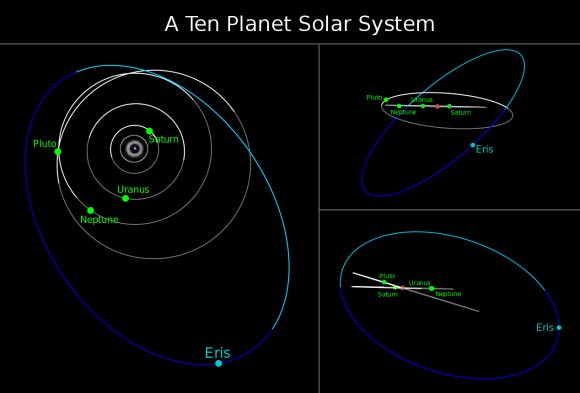
This set of definitions defines a set of celestial bodies that consistently covers the spectrum of known bodies. There is the potential of exotic celestial objects that are spawned from cataclysmic events or from the unique conditions during the early epochs of the Universe or from remnants of old or dying stellar objects. Their discovery will likely trigger new or revised definitions but these definitions are a good working set for the time being. Ultimately, it is the decision of the IAU but the sharing of knowledge and the democratic processes that we cherish permits anyone to question and evaluate such definitions or proclamations.To all that share an interest in Pluto as or as not a planet raise your hand and be heard.
A video from 2014 by Kurz Gesagt describing the Pluto-Charon system. Is this a binary planet system or one of the “dwarf” variety?
Further Reading
Learn All About Pluto, The Most Famous Dwarf Planet, E. Howell, Universe Today, 1/17/2015
A synopsis of Pluto facts and figures at Universe Today, compendium of pages on Pluto
What is the Kuiper Belt?, video, Universe Today, 12/30/2013, Fraser Cain asks Mike Brown to explain the Kuiper Belt
Is The Moon A Planet?, E. Howell, Universe Today, 1/27/2015
It Looks Like These Are All the Bright Kuiper Belt Objects We’ll Ever Find, Universe Today, 1/12/2015
2015, NASA’s Year of the Dwarf Planet, Universe Today, 12/14/2014
A Serendipitous All Sky Survey For Bright Objects In The Outer Solar System, Cornell University Library, 1/5/2015
Ten Years of Eris, at Mike Brown’s Planets, 1/5/2015
My condolences to the friends and family of Tammy Plotner, the first regular contributing writer to Universe Today. Can’t we all relate to what drew Tammy to write about the Universe? She wrote outstanding articles for U.T.


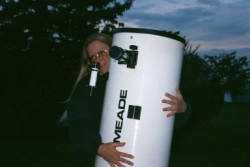


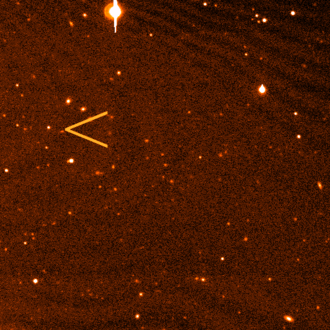
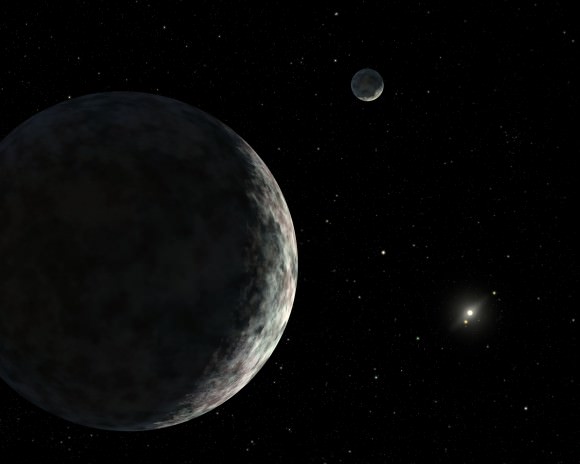
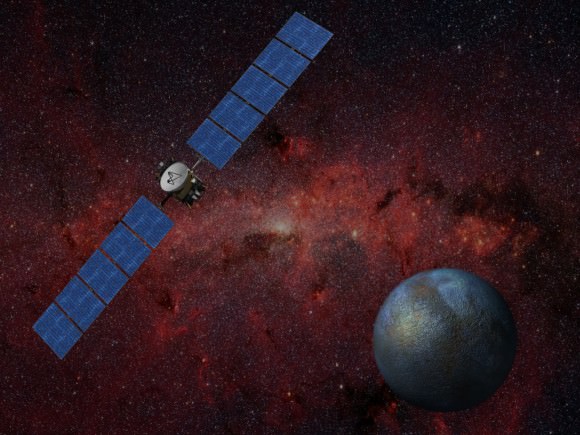
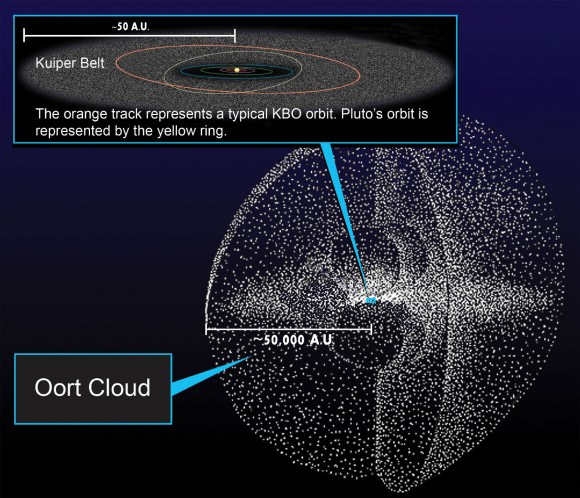
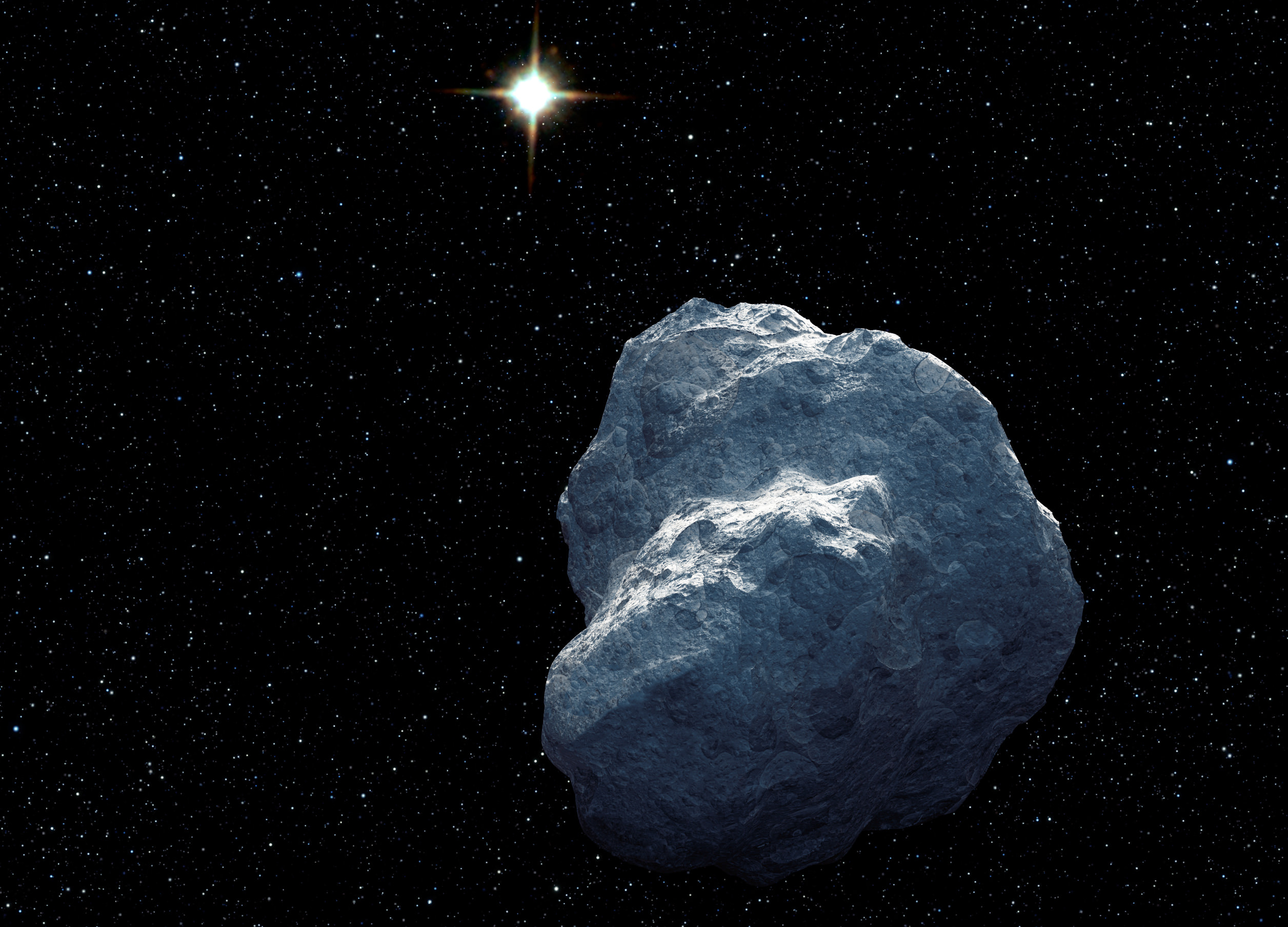
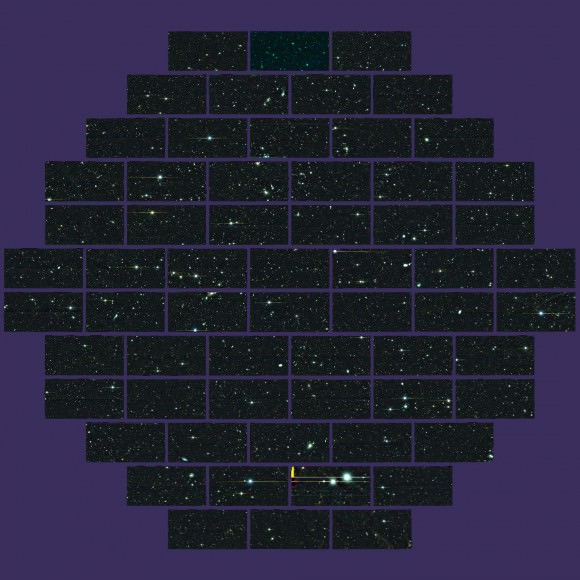
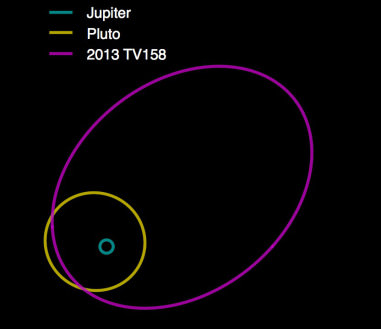
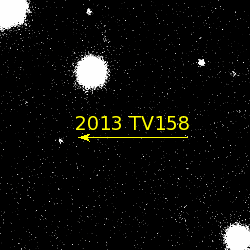
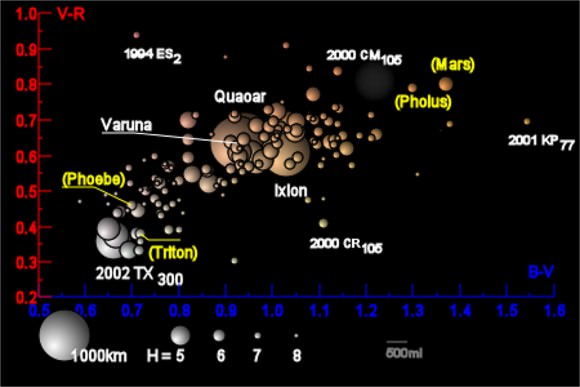
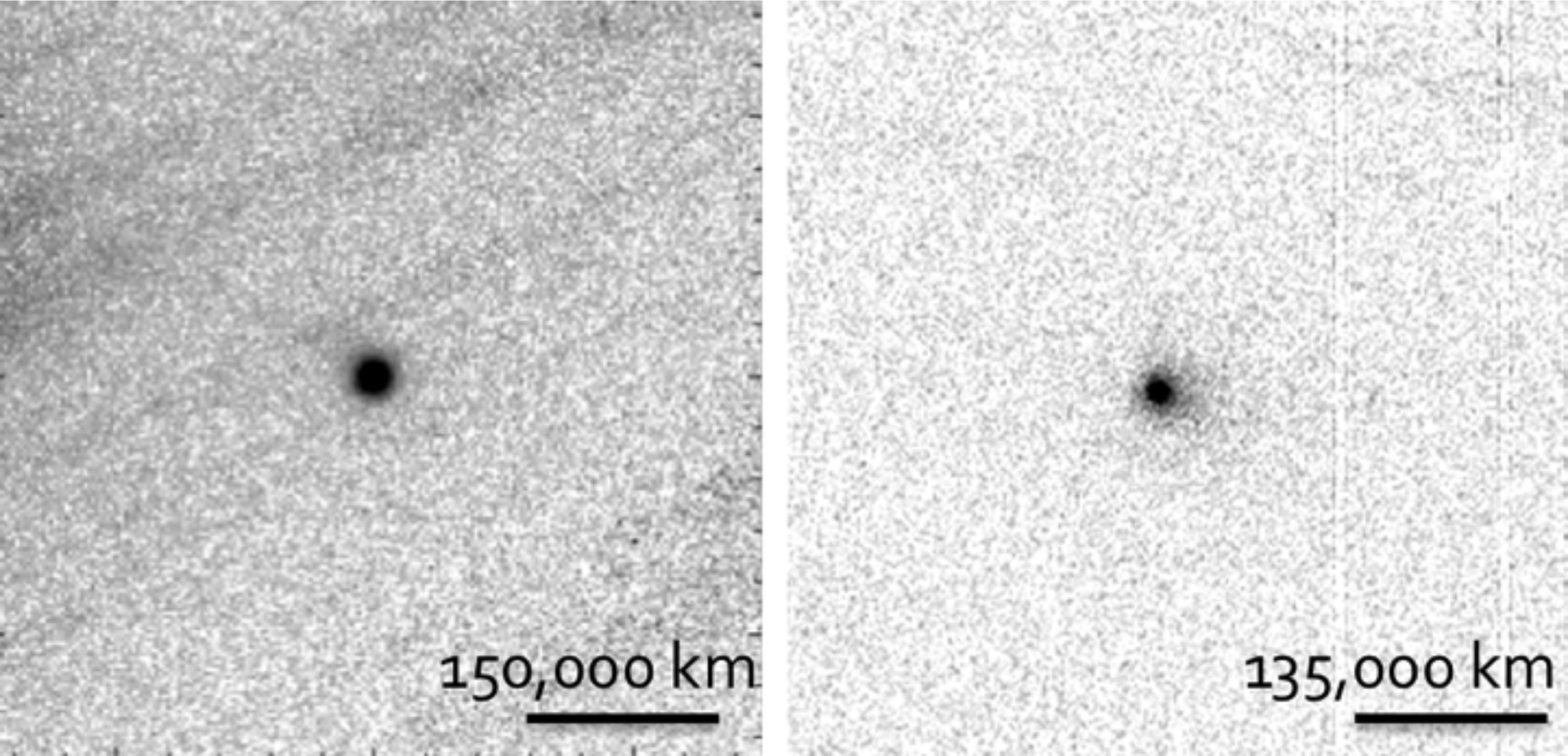

![Distribution of Kuiper belt objects (green), along with various other outer Solar System bodies, based on data from the Minor Planet Center. [Credit: Minor Planet Center; Murray and Dermott]](https://www.universetoday.com/wp-content/uploads/2014/01/Kuiper_belt.png)
